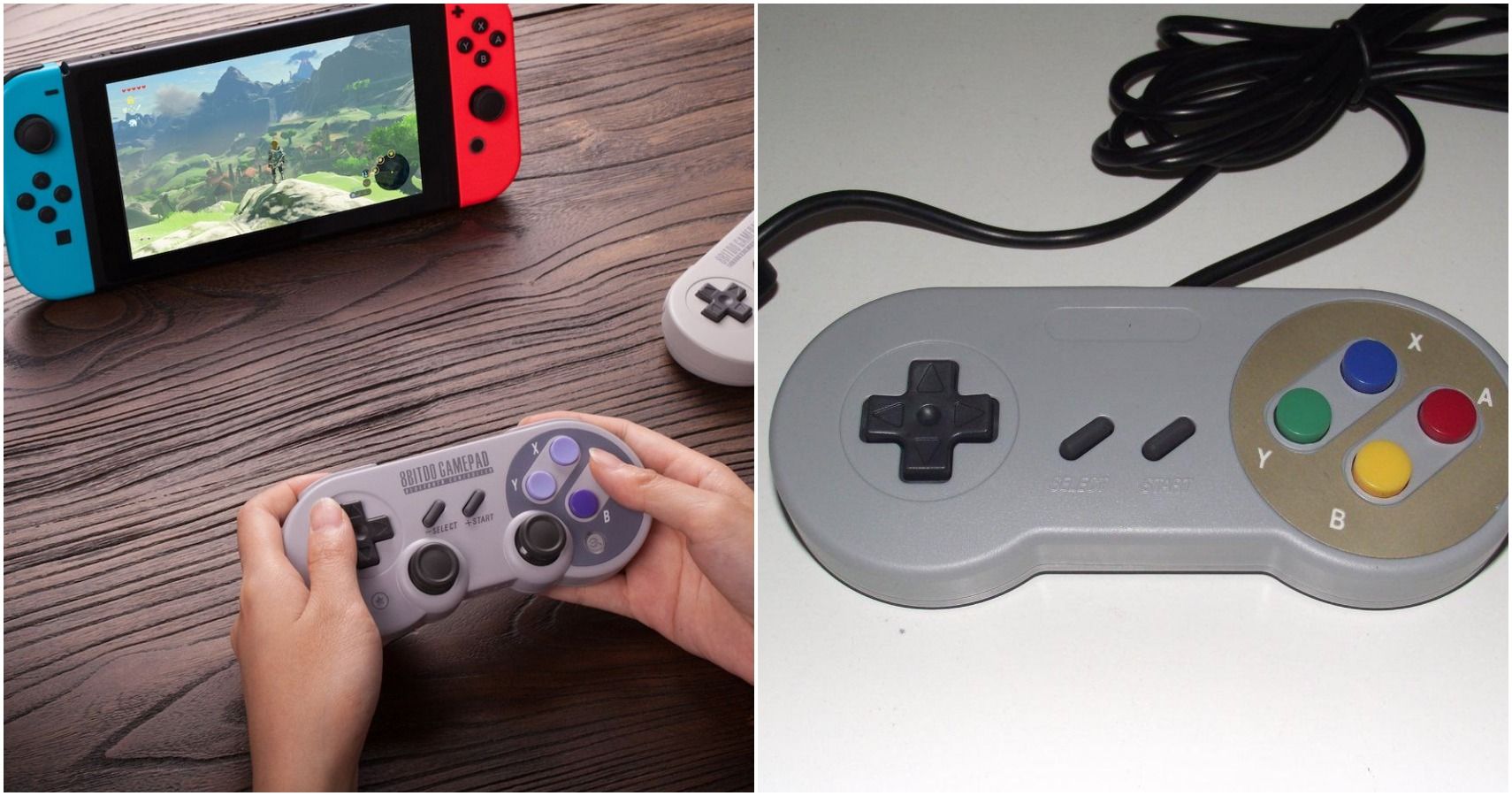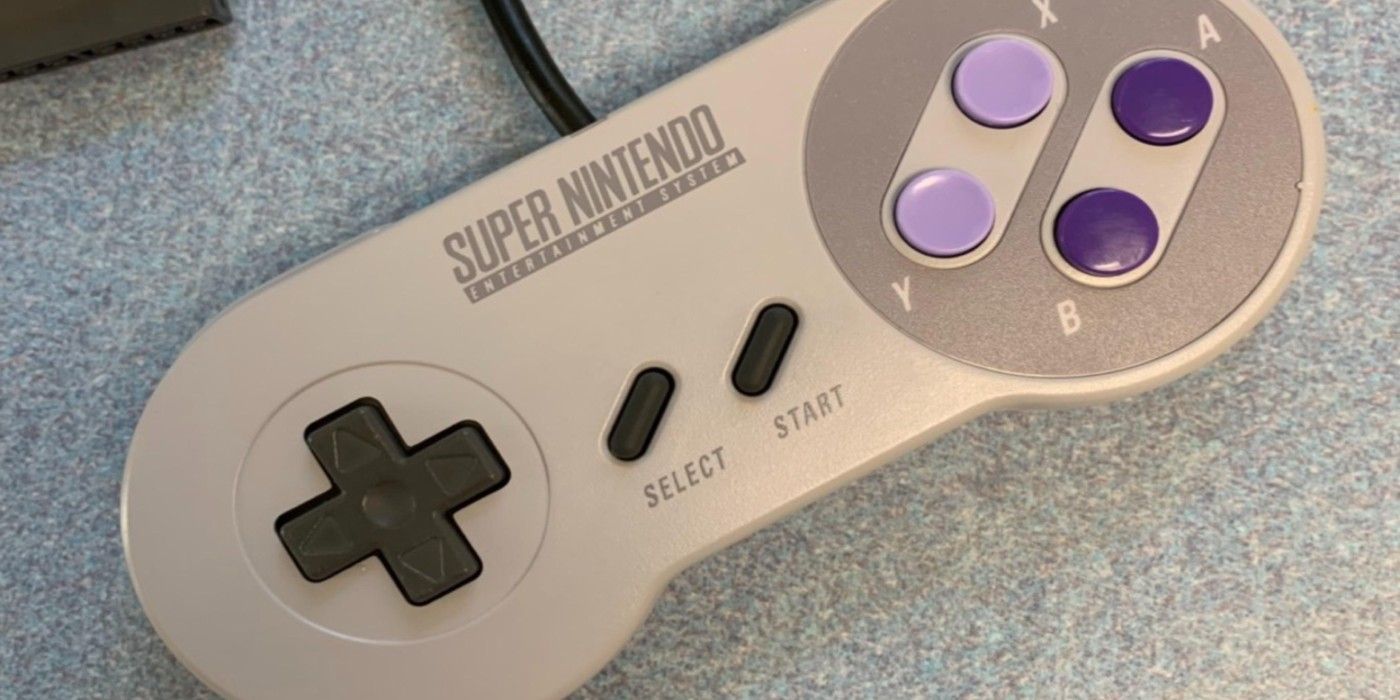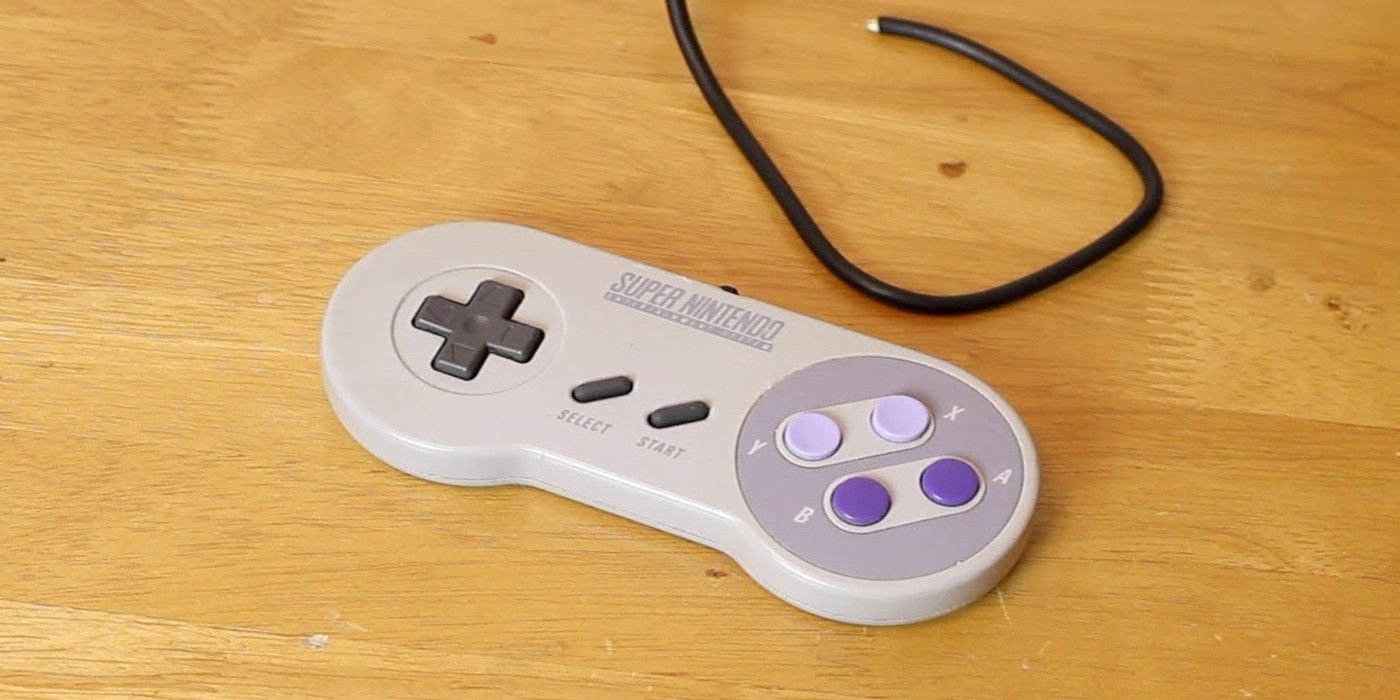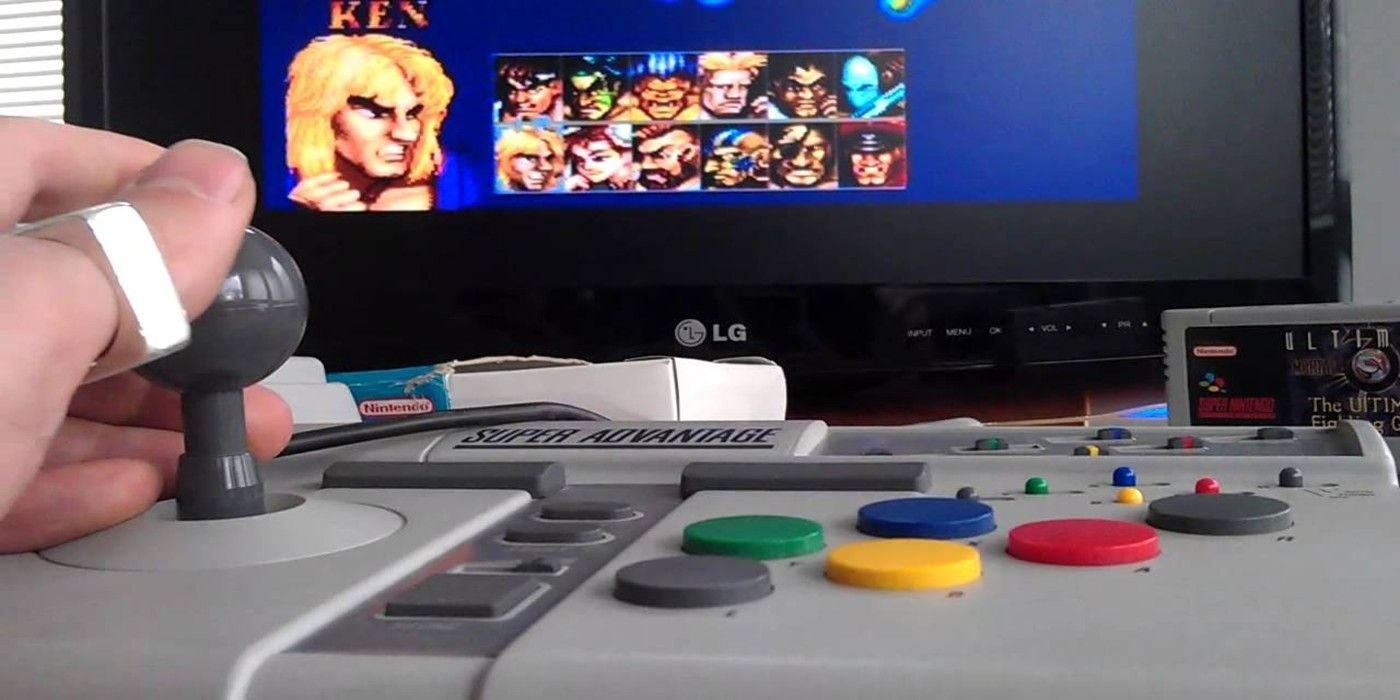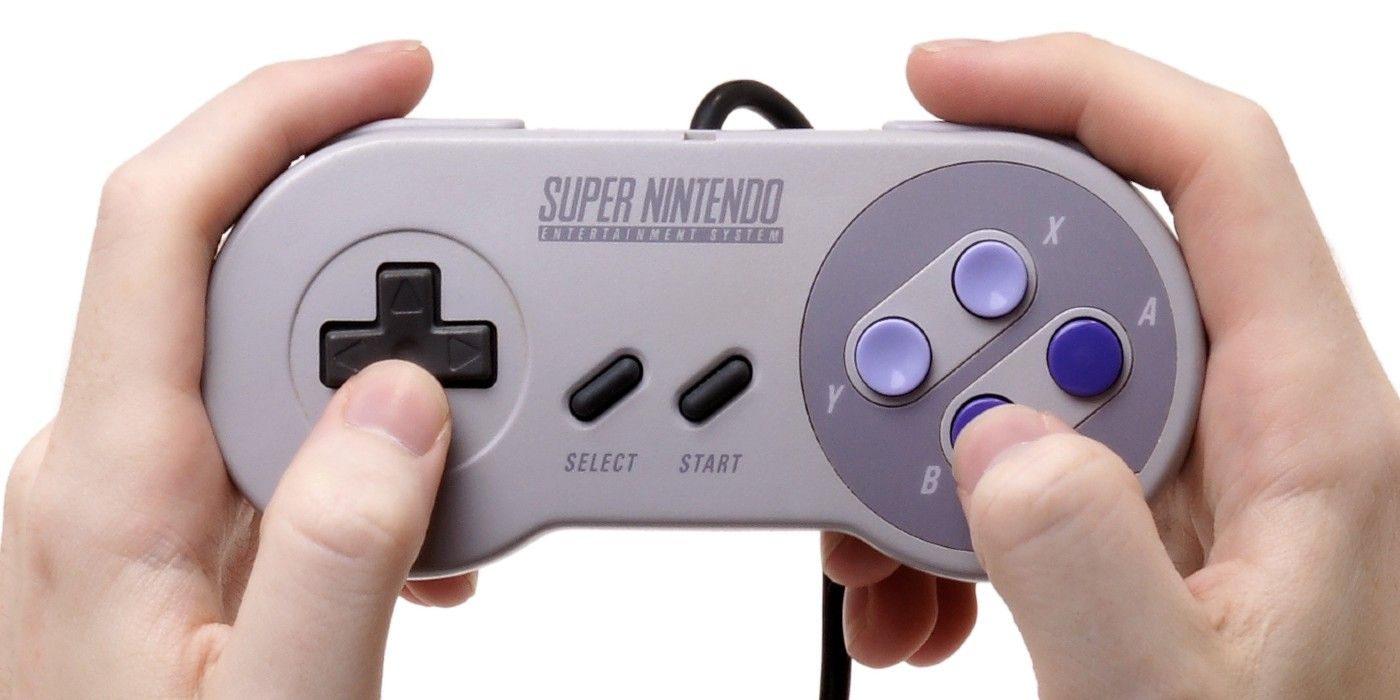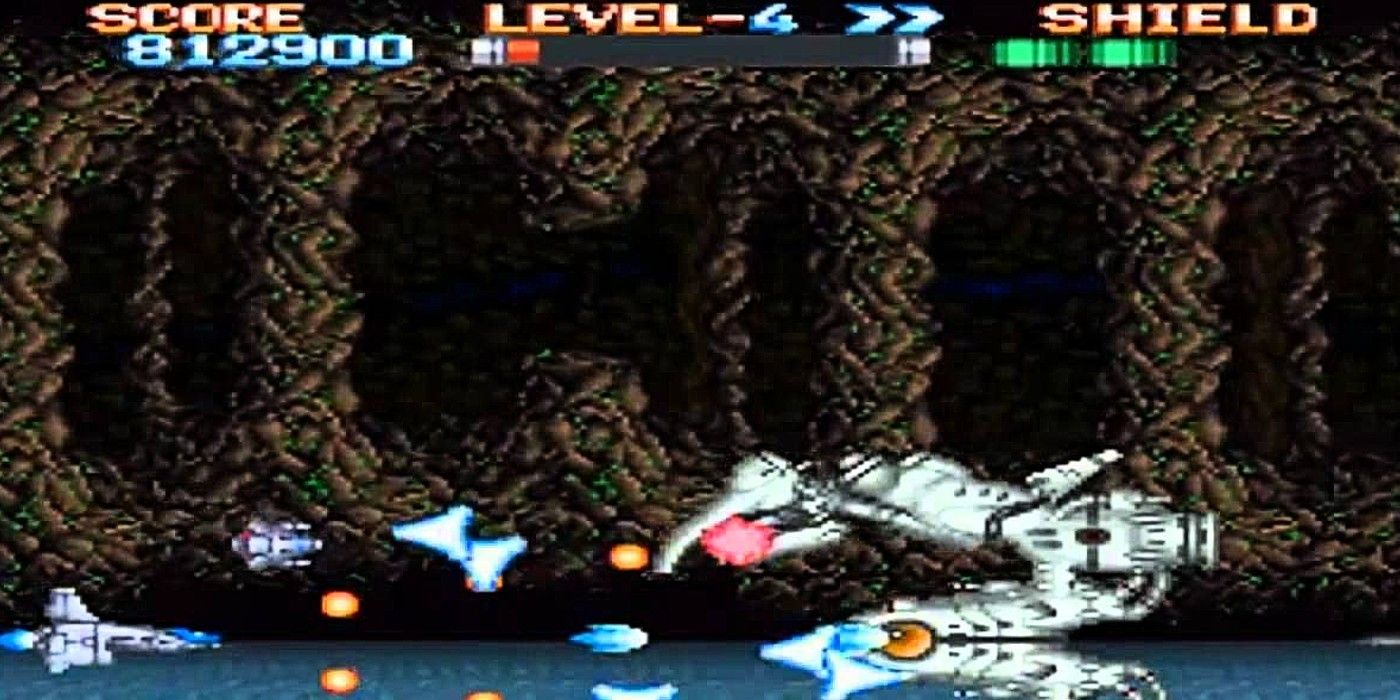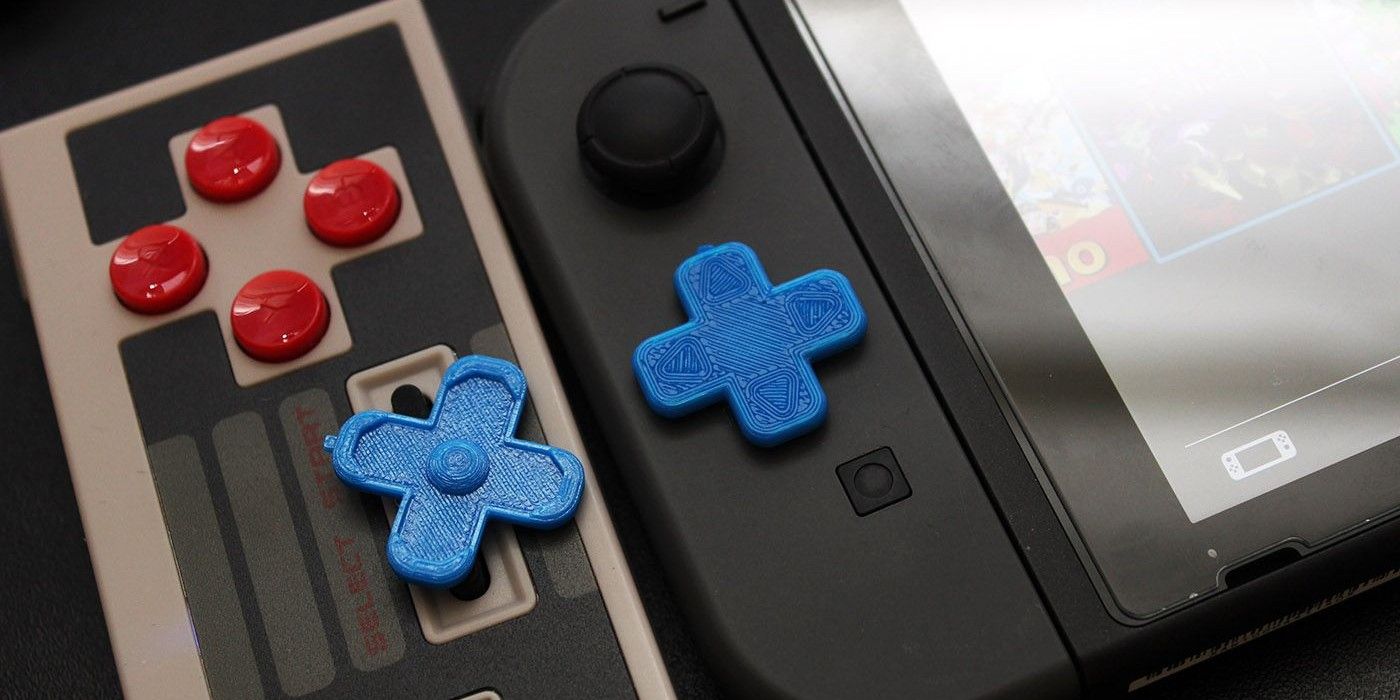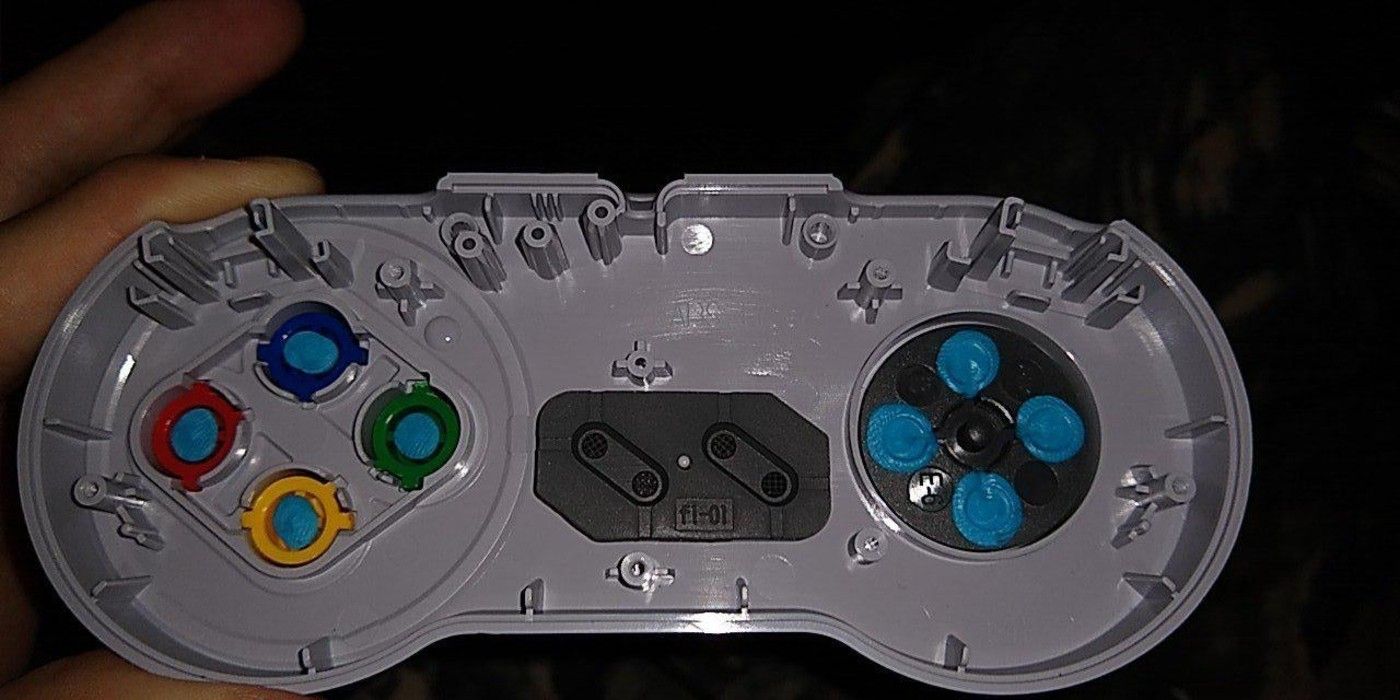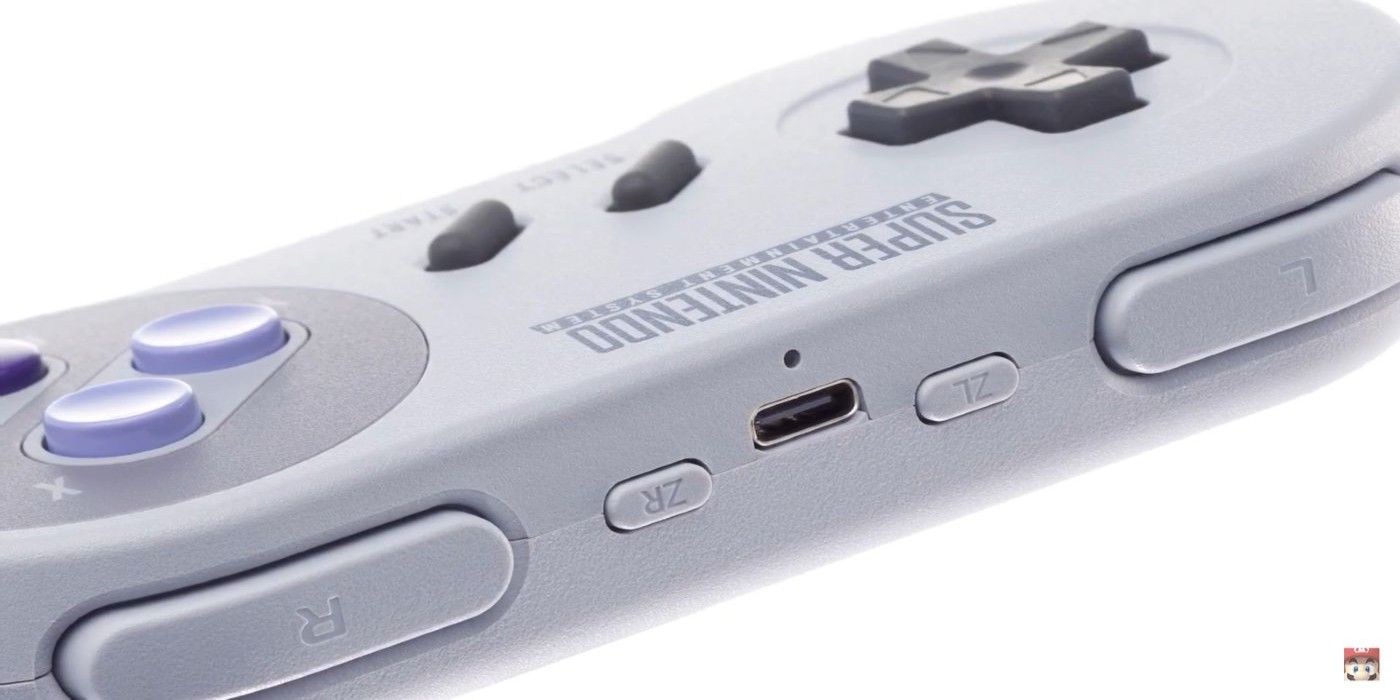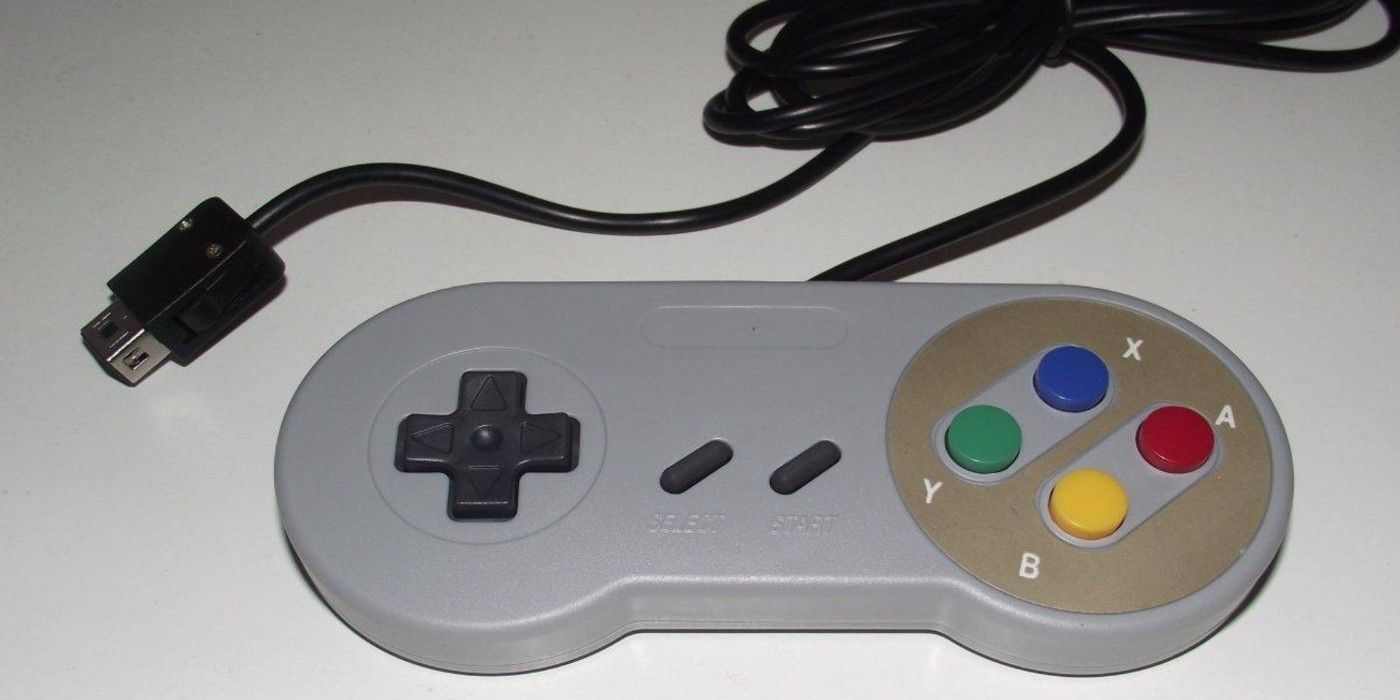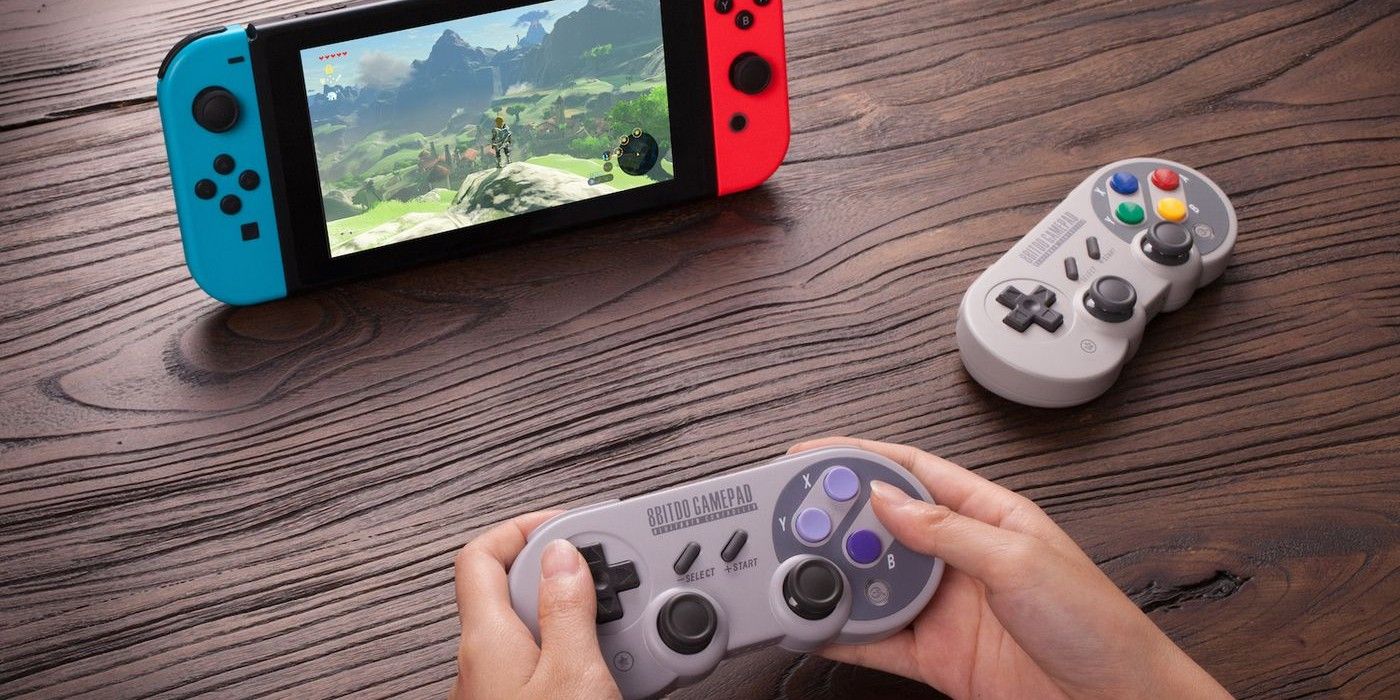As one might imagine from a developer as seasoned as Nintendo, there's been a slew of controllers from them over the decades - each of which is largely unique.
Yet, it's the Super Nintendo controller that gamers often point to when it comes to the most significant and most favored. Initially released in 1990, this device took things a step beyond the rather simple design of the NES's blocky controller.
At the same time, it maintained a simplicity that made it appealing to millions of gamers. But while there's much to appreciate about this product of the 16-bit era, there are a few areas where it perhaps falls a bit short.
This list will highlight 5 great aspects of this classic device, along with 5 weaker points.
10 Not: A Tendency To Get Dirty And Discolored
Like the console they connect to, the SNES controllers had a tendency to get somewhat discolored after a long period of time.
Now, this didn't occur nearly as much as the console itself - which was susceptible to turning yellow because of the bromine-infused plastic. Still, the light grey color and rough texture made it susceptible to showing dirt and smudges moreso than some darker, glossier controllers of other consoles.
9 Great: Reliable And Durable
With the SNES controller, you never really felt like you had to treat it delicately or safeguard it like some rare, fragile commodity.
As is usually the case with Nintendo hardware itself, its SNES controllers held up - and still do. The Switch Joy-Cons - which are still susceptible to drifting - can learn a thing or two.
With the relatively simple, flat, and overall sturdy design of the device, these things usually proved very reliable and weren't easily broken. Buttons rarely came loose or stopped working, and the plastic casing was typically quite solid. So gamers could rest easy in their bouts of controller-tossing rage.
8 Not: Lack Of Alternative Designs Or Colors
With the SNES controller, you basically get what you get. Unlike the Nintendo consoles that followed, there wasn't an abundance of color choices other than the bland light grey.
And there were no real alternatives to opt for - the Super Scope, Super Advantage, and the archaic Mario Paint mouse notwithstanding. Thankfully it's a terrific controller overall, but those seeking a different method to play SNES games really had options.
7 Great: Its Smooth, Ergonomic Design
The SNES controller rides the line nicely in terms of a simple design that's just curvy and ergonomic enough to feel comfortable in your hand.
Nintendo goes a step beyond its more rigid NES controller with the curved, bulkier sides of the SNES device. Really, the controller just feels good to hold - even for those intense, prolonged sessions of, say, Super Mario RPG, F-Zero, or Donkey Kong Country.
6 Not: Lack Of Tactility With The Buttons
Though this partly boils down to subjectivity, it's true that many gamers favor the more solid, "clicky" feel of controller buttons.
This gives a more definitive sense of feedback when mashing them. And while it'd be a stretch to really criticize the buttons of this quality controller, it's tough to deny the softer, "spongier" nature of some of them.
Though the triggers and D-Pad do have a more tactile, clicky feel, the same can't really be said about the others. This is especially the case with the recessed Y and X buttons as well as the start and select buttons.
5 Great: Its D-Pad
It's easy to neglect a quality D-pad, especially in an era where 3D games are so prevalent. But given the rather weak GameCube controller D-pad, and the Switch Joy-con's non-existent one, SNES' tends to shine in comparison.
It's large, it's well-placed, and it provides that more solid, tactile feel mentioned in the previous entry. This is crucial, given the console's emphasis on typically fast-paced 2D romps.
4 Not: Lack Of Features
It may not be too fair to compare this controller - which is now decades old - to the sophisticated devices of the modern era. Still, even when judging it in a vacuum, this thing was fairly minimalistic.
The lack of features or expandability didn't exactly grant much potential or flexibility from a game design standpoint. Ironically, Nintendo would seem to overcompensate for this with its robust N64 controller.
3 Great: Balances Simplicity With Depth
Despite the critiques touched on in the previous entry, it'd be fair to say that this controller gets is right when it comes to its overall design and features. It hits that sweet spot in terms of its simple, accessible nature - and its general functionality and depth.
The clean, simple design makes it appealing to the average gamer. Yet, the 8 buttons - plus a D-pad - make it serviceable for the more complex games of the 16-bit era. In fact, more buttons were really only needed in some fighting romps with super-complex moves and combos.
2 Not: A Bland Appearance
Ultimately, it's all about functionality over form - and this holds true with modern-day gadgets as it does with an old game controller.
At the same time, there are those that value luxury and appearance, and the SNES controller doesn't exactly shine in these areas. The basic grey color scheme and somewhat cheap feel was and is a bit offputting to some.
This is especially true for the North American version of the device, which was lacking the colorful face buttons that made it look slightly interesting.
1 Great: The Standard In Retro Game Controllers
Let's face it, when you think about 16-bit-era controllers, it's usually Nintendo's SNES controller that comes to mind.
Heck, even today, some third parties are offering similar controllers to be played for PCs or consoles. Nintendo themselves have even gone back to selling variants of these to be used for their popular SNES Classic and for the Switch's online service.
There's a reason for this - and it stems from its overall quality as well as its universally-appealing design.

